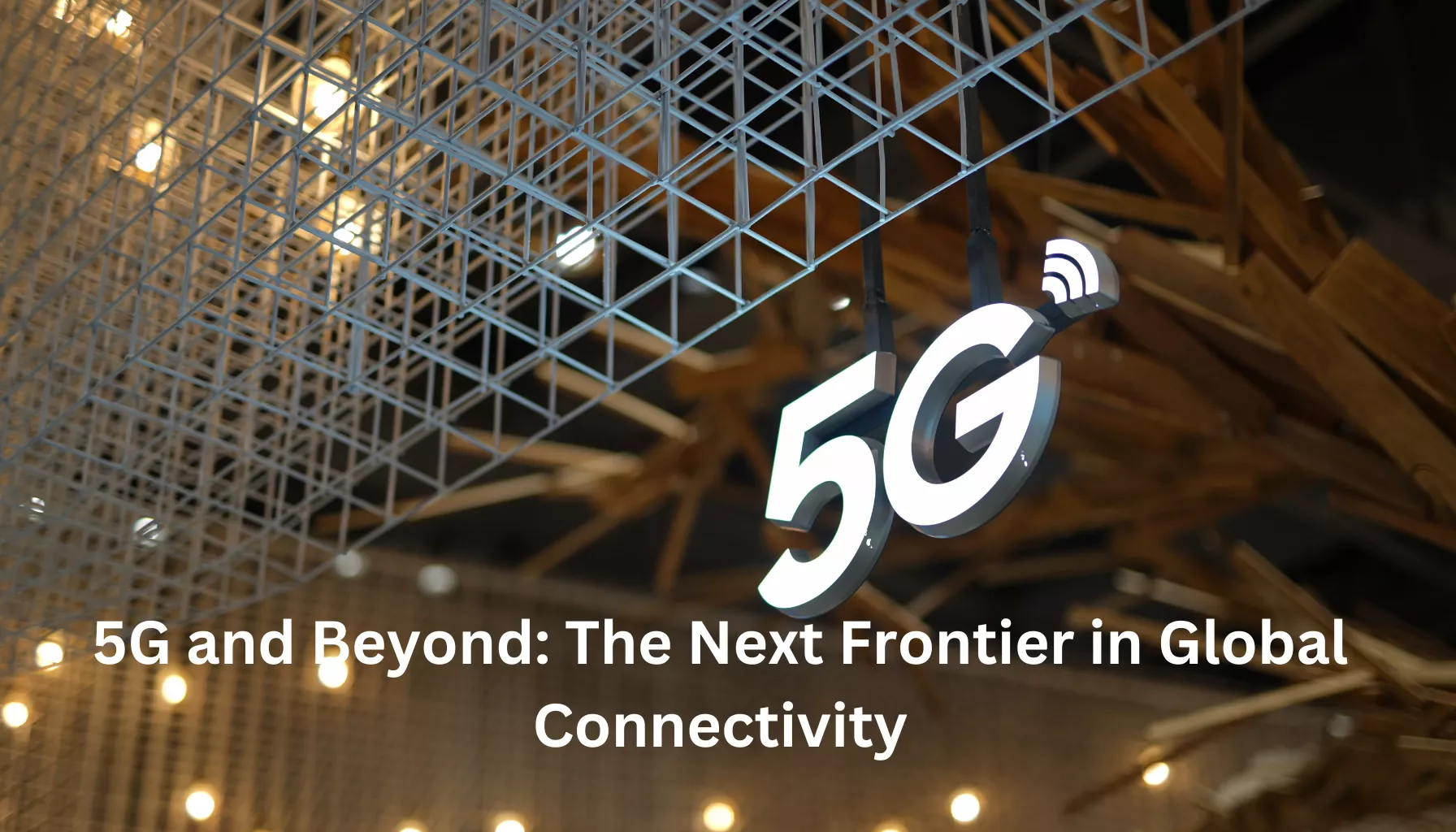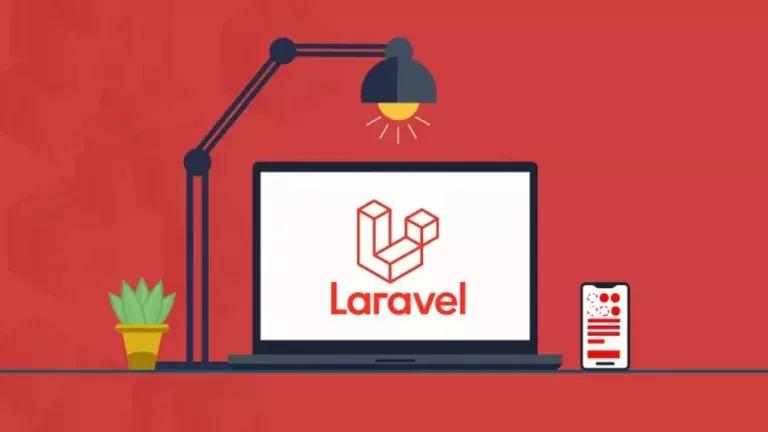The rollout of 5G technology has been transformative, offering faster speeds, more reliable connections, and the potential to bring entirely new experiences to mobile and internet users worldwide. But as we embrace 5G, there’s already talk of what comes next. “Beyond 5G” refers to future technologies that will take connectivity even further. Let’s dive into what 5G has brought to the table, the advancements we can expect in the coming years, and how these technologies will shape our world.
What is 5G?
5G, or the fifth generation of cellular networks, is a major upgrade from previous generations like 4G. It’s designed to improve connectivity, enabling faster data speeds, reduced latency, and the ability to connect more devices than ever. For instance, while 4G LTE can achieve speeds up to 100 Mbps, 5G can theoretically reach 10 Gbps—over 100 times faster! In practice, this translates to downloading a full HD movie in seconds instead of minutes.
Apart from speed, 5G improves latency, which is the delay before a transfer of data begins. This is crucial for applications that require real-time data transmission, like self-driving cars, augmented reality (AR), and virtual reality (VR). By lowering latency to just milliseconds, 5G creates opportunities for more responsive and immersive experiences.
Key Benefits of 5G Technology
The impact of 5G extends beyond faster download speeds. Here are some major benefits:
- High Data Transfer Speeds: With 5G, streaming high-definition videos, accessing cloud applications, and gaming are all smoother and quicker.
- Low Latency: For applications like remote surgery, industrial automation, and autonomous vehicles, low latency is vital. It enables rapid responses, making these technologies safer and more effective.
- Enhanced Connectivity for IoT: The Internet of Things (IoT) refers to the interconnected network of devices, from smart appliances to wearable tech. 5G can connect more devices per square kilometre, making it ideal for smart cities and large-scale IoT deployments.
- Network Slicing: 5G allows network slicing, which divides the network into segments tailored to different services. For example, emergency services could have a dedicated network slice, ensuring connectivity even in times of high network usage.
Limitations of 5G
While 5G brings impressive upgrades, it’s not without its limitations. For one, it requires dense networks of small cell towers, particularly in urban areas, to maintain high-speed and low-latency connections. This makes 5G rollout more expensive and slower in rural areas, where coverage remains limited.
Additionally, the higher frequencies used in 5G networks (known as millimeter waves) are more susceptible to interference from physical obstacles, like buildings and trees. This means 5G networks must be complemented by 4G or other technologies to ensure seamless coverage.
What Comes After 5G? Understanding “Beyond 5G”
The next stage in global connectivity is often referred to as “Beyond 5G” or 6G, anticipated to start appearing around 2030. This next phase will address some of 5G’s limitations and expand capabilities even further. While it’s still in the early research stages, here’s what we can expect:
- Data Speeds Beyond Imagination: While 5G can theoretically reach 10 Gbps, 6G is expected to offer speeds up to 100 Gbps, making it over ten times faster. This will enable applications we haven’t even considered, like holographic communications and advanced AI.
- Lower Latency: While 5G’s latency is already quite low, 6G will likely reduce it to near-zero levels. This means that responses in communication will be almost instantaneous, opening doors for real-time, highly interactive applications.
- Greater Coverage in Rural Areas: 6G may use different frequency ranges to ensure better coverage in areas where 5G hasn’t reached. This would help bridge the digital divide between urban and rural communities.
- Improved Energy Efficiency: 6G research focuses on creating greener, more energy-efficient networks. This will be vital as global internet usage increases and climate change remains a pressing issue.
- Enhanced IoT Integration: As IoT devices become even more pervasive, Beyond 5G networks will support more complex ecosystems of interconnected devices, from autonomous drones to smart transportation systems, creating smarter cities and infrastructure.
Revolutionary Applications: What Beyond 5G Will Bring
The promise of Beyond 5G goes beyond just faster data; it will enable innovations that could redefine industries and everyday life. Here are a few areas that will see transformative changes:
- Healthcare Innovations
Beyond 5G will enable remote surgeries with even higher precision. Real-time data sharing between devices and doctors will mean faster diagnostics and better treatments, especially for remote areas. - Smart Cities
Beyond 5G networks will support millions of IoT devices in urban settings, allowing for seamless city management. Everything from traffic lights to pollution sensors will be connected, helping cities operate more efficiently and sustainably. - Holographic Communications and AR/VR
With faster speeds and ultra-low latency, future networks will make it possible to engage in holographic calls and hyper-realistic virtual meetings. This could transform education, business, and entertainment, making remote communication feel more authentic. - Agricultural Advancements
With greater network reach, Beyond 5G could improve connectivity in rural areas, enabling smart farming practices. Automated tractors, drones, and irrigation systems will help monitor crops in real-time, improving efficiency and sustainability. - Self-Driving Cars and Autonomous Transport
Autonomous vehicles rely on fast, reliable connections to process vast amounts of data in real time. With the connectivity provided by Beyond 5G, self-driving cars will be able to react instantaneously to changes on the road, improving safety and enabling more widespread adoption.
Challenges to Consider in the Next Frontier
As promising as Beyond 5G is, implementing it will come with challenges:
- Infrastructure Needs: Expanding and upgrading infrastructure to support new frequencies and higher data demands will require significant investment.
- Privacy and Security: With more devices connected, security will be crucial. Safeguarding data from cyber threats and ensuring user privacy will be essential as networks become more integrated.
- Environmental Impact: Despite focusing on energy efficiency, Beyond 5G networks could still consume large amounts of energy, making it important to develop sustainable solutions.
- Regulatory Standards: Establishing global standards will be vital to ensure that networks can function together seamlessly. Governments and industries will need to work collaboratively to create these standards, addressing both technical and ethical concerns.
Preparing for a Connected Future
As we look to the future, Beyond 5G has the potential to transform connectivity in ways that may seem like science fiction today. Preparing for this future means investing in research and infrastructure, developing policies that prioritize user security and privacy, and fostering an inclusive digital environment where rural and urban communities alike can benefit.
The journey to Beyond 5G and 6G won’t happen overnight, but the foundations are being laid today. With each new generation of connectivity, we’re one step closer to a world where distance is no longer a barrier, connectivity is constant, and possibilities are limitless.
Conclusion
In conclusion, 5G and Beyond represent a transformative era in global connectivity, driving advances that could enhance nearly every aspect of life. From enabling new technology to making connectivity accessible in remote areas, these advancements have the potential to create a truly connected global society. As we navigate this future, a focus on collaboration, innovation, and responsibility will be crucial in ensuring that everyone can benefit from the next frontier in global connectivity.




